Last updated: October 26, 2022
Article
Who Are They? Men in the 369th Infantry Iconic Photo
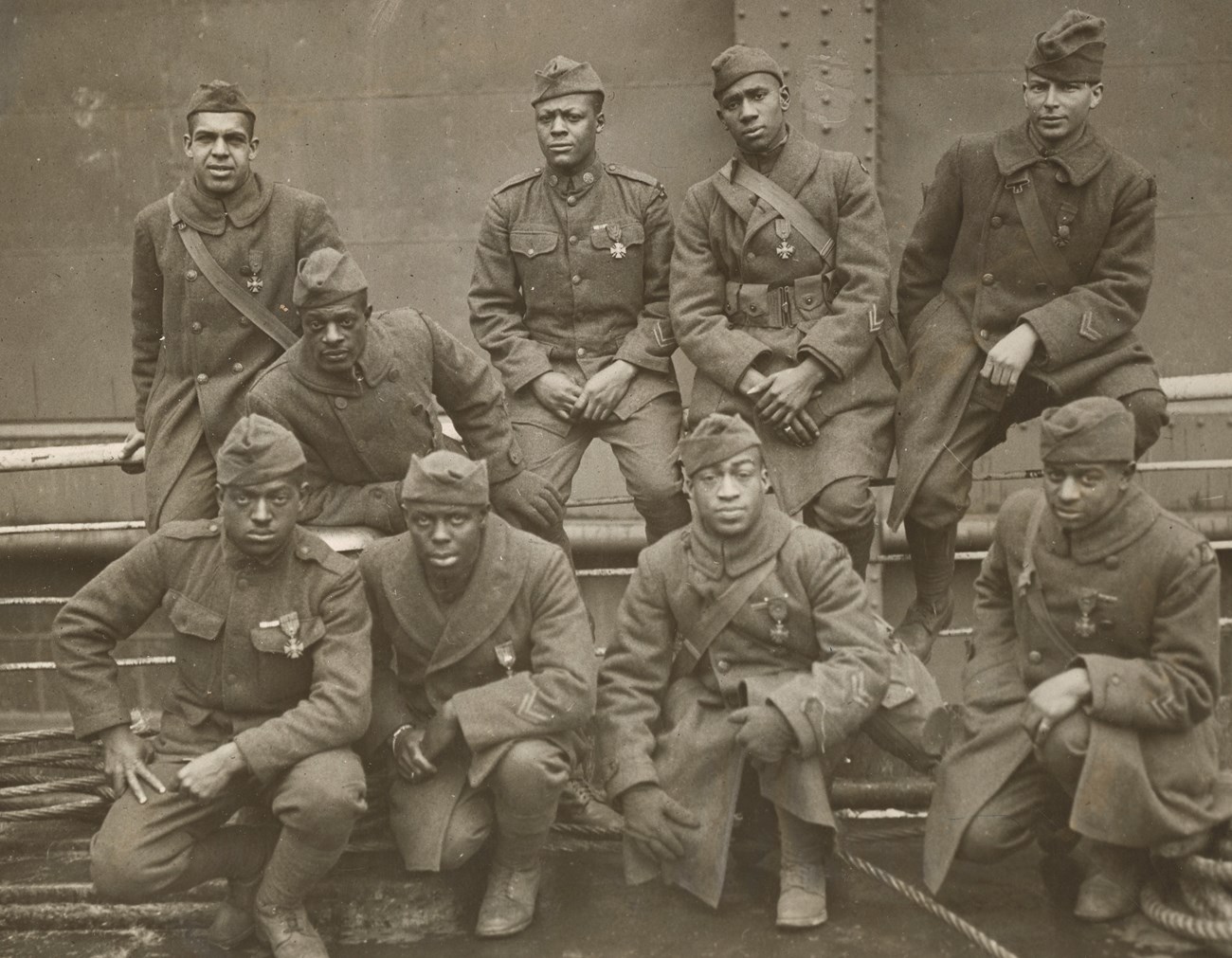
Public Domain
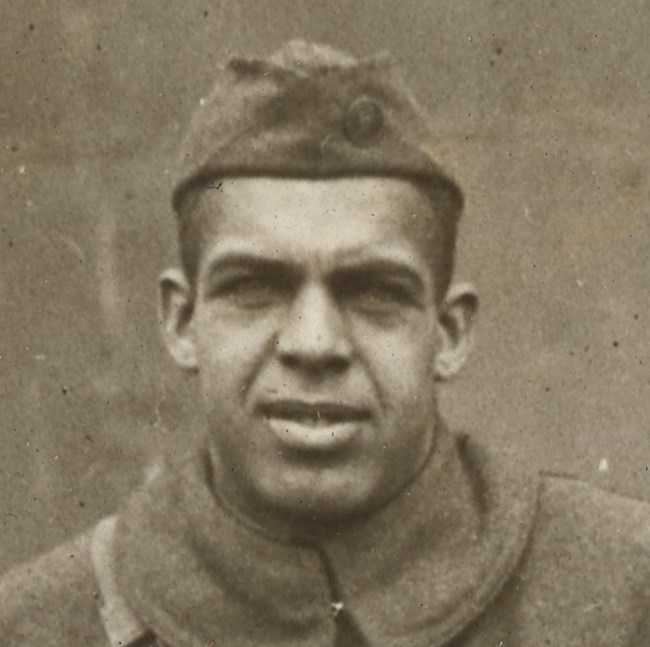
Public Domain
Henry Primas was born on May 26, 1894, in Pittsburgh, Pennsylvania, to Meshach and Annette Wilson Primas. Henry graduated with a pharmacy degree from the University of Pittsburgh in 1914. He enlisted on November 16, 1917. Due to his education, he was transferred to the 369th Infantry Medical Detachment. During World War I, he was awarded the Croix de Guerre for bravery. He was honorably discharged on February 24, 1919. After being discharged, Primas returned home to Pittsburgh and worked as a pharmacist. He later retired from the U.S. Post Office. He died on May 3, 1961, at the age of 66. He was buried at Homewood Cemetery in Pittsburgh.
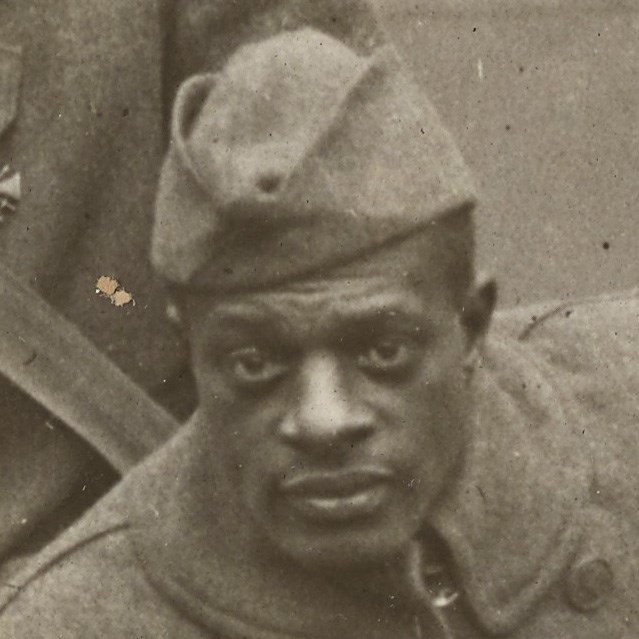
Public Domain
Daniel Storms was born in Stamford, Connecticut, in 1885. He worked as a hostler (a person who took care of horses in the stables of an inn) and a house cleaner. In 1915, Storms and his wife, Amy Price, lived in New York City. He enlisted in the 369th Infantry on May 8, 1917, at the age of 33. He was promoted to sergeant on December 4, 1918. During the Great War, he was awarded the Croix de Guerre by France. He was discharged from the Army on February 24, 1919. After the war, he returned to New York City and worked as an elevator operator and janitor. He died on February 28, 1922, at the age of 36, from complications from tuberculosis. He was buried in Woodland Cemetery in Stamford, Connecticut.
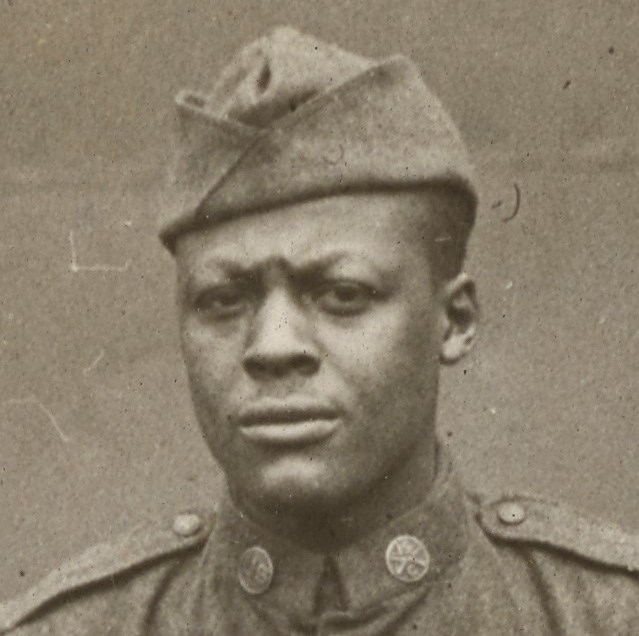
Public Domain
Joe Williams was born in Savannah, Georgia, in 1896, to Anna Williams. He listed her as his next of kin on his military enlistment card. He was assigned to Company C, 369th Infantry Regiment. Williams was wounded on November 10, 1918. The French later awarded Williams the Croix de Guerre. He was discharged from the military upon his return to New York City. Unfortunately, no information has been found about his life after his time as one of Harlem’s Rattlers.
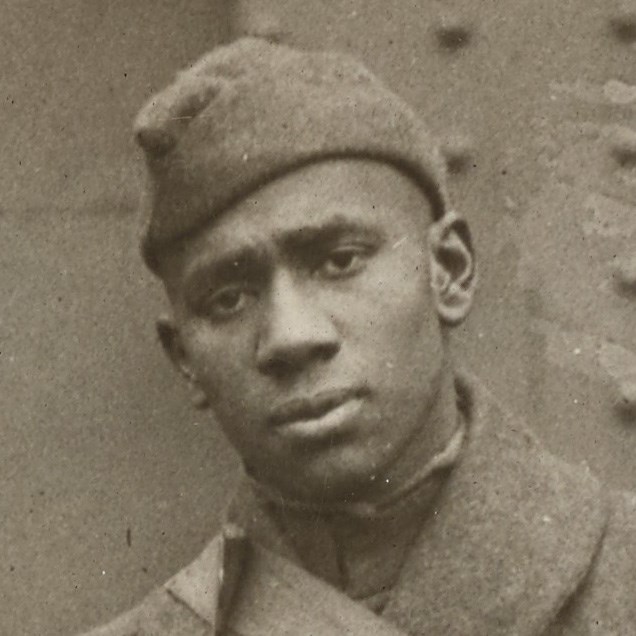
Public Domain
Alfred Manley was born in 1895 in Powhatan, Virginia. By 1910, his family moved to New Jersey. He enlisted in Company B, 369th Infantry, on July 13, 1917, at the age of 19. His nickname in the regiment was “Kid Buck.” He was awarded the Croix de Guerre from the French government. After his honorable discharge from the army he moved to Newark, New Jersey, and worked as a chauffeur for a laundry company. He died on April 16, 1933, in Newark. He was buried in Fairmount Cemetery, Newark, New Jersey.
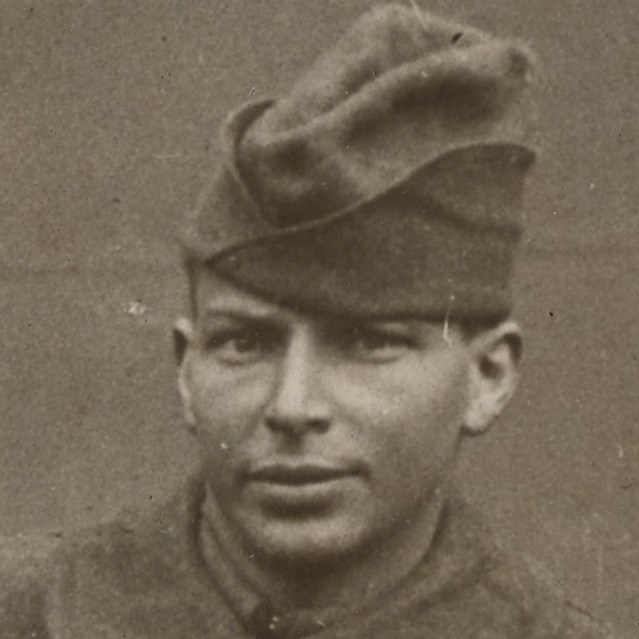
Public Domain
Taylor was born on July 5, 1895, in Winston-Salem, North Carolina. He later moved with his mother and stepfather to New York City. By 1915, he was employed as a chauffeur for the Post Office. He enlisted in Company B, 369th Infantry, in the summer of 1917. In December 1918, he was promoted to corporal. France awarded him the Croix de Guerre for bravery during World War I. He was honorably discharged from the army on February 24, 1919. Taylor married Idell Reeves on April 30, 1919, and had a child, Vivienne, a year later. In the 1930s and 1940s, Taylor worked as a cook on the SS Seminole and as a butler in Fairfield, Connecticut. Taylor died on February 24, 1983, at the age of 87 in Bayonne, New Jersey.
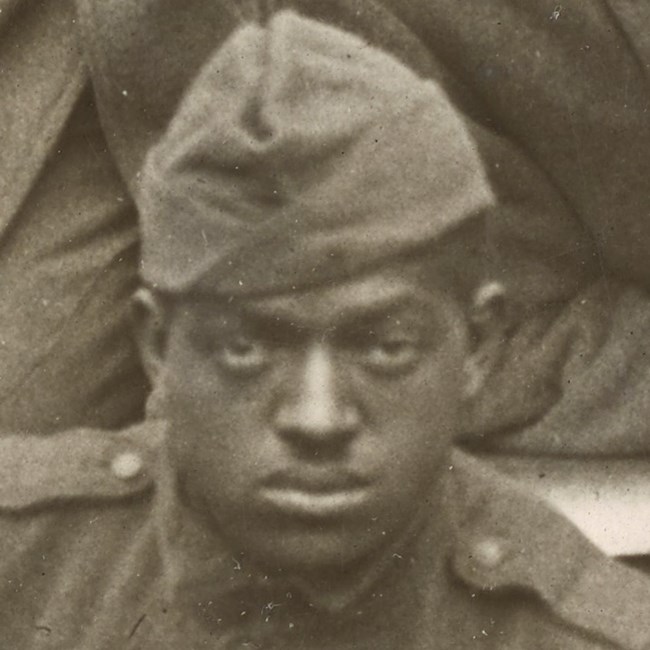
Public Domain
Ed Williams was born on February 5, 1898, in Charlotte, North Carolina, to Love and Lucy Hall Williams. Ed eventually moved to New York and enlisted in Company C, 369th Infantry Regiment. He was severely wounded on September 30, 1918, in the Meuse-Argonne Offensive near Sechault, France. He earned the nickname “Eagle Eye” during the war. The French government awarded Williams the Croix de Guerre for his actions during the war. After his honorable discharge in February 1919, he moved south to Greenville County, South Carolina. In South Carolina, he married Essie Blythe. By 1940, Williams and his family had relocated to New York City. Williams died on April 21, 1993, in Brooklyn, New York, at the age of 95.
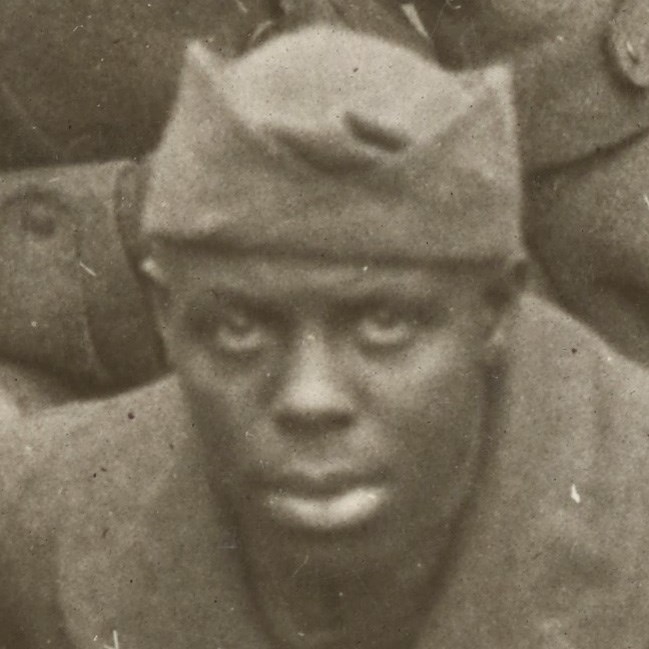
Public Domain
Herbert Taylor was born on December 15, 1899, in Newark, New Jersey. Taylor served in Company B, 369th Infantry during World War I. He was wounded in battle on September 29, 1918, in the Meuse-Argonne Offensive. The French government awarded him the Croix de Guerre for his actions in battle. After being honorably discharged from the army, Taylor remained in New York City. In 1942, he enlisted in the New York National Guard at the age of 43 for a two-year period. During that time, he was working in New York City as a laborer. Taylor died on December 6, 1984, at the age of 87. He was buried at Calverton National Cemetery in Calverton, New York.
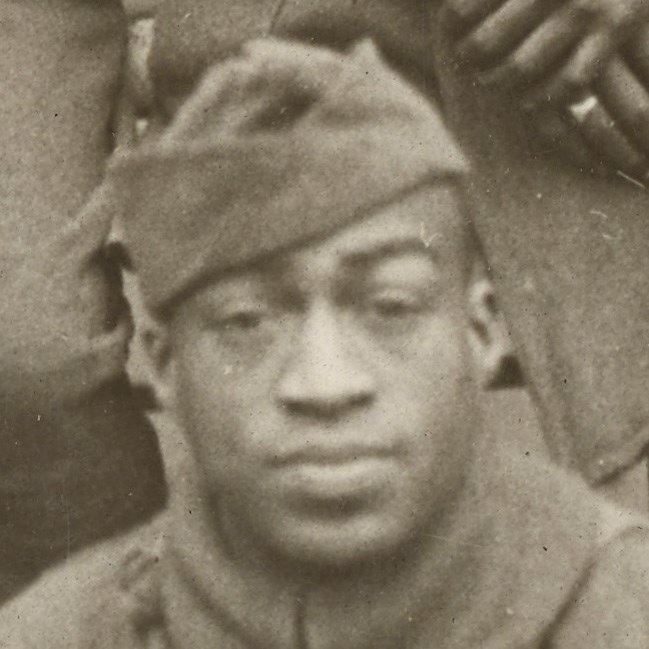
Public Domain
Leon Fraiter was born on November 11, 1892, in Charleston, South Carolina, to Benjamin and Ella Scott Fraiter. Records show that by 1911, Fraiter and his family were living in New York City. He enlisted in the 369th Infantry in August 1917. The French government awarded him the Croix de Guerre for his actions during World War I. Fraiter married Amy Wilkins in 1924 and had two sons. After the war, he worked as a salesman in a jewelry store in New York City. He died on December 9, 1974, at the age of 82. He was buried in Long Island National Cemetery in Farmingdale, New York.
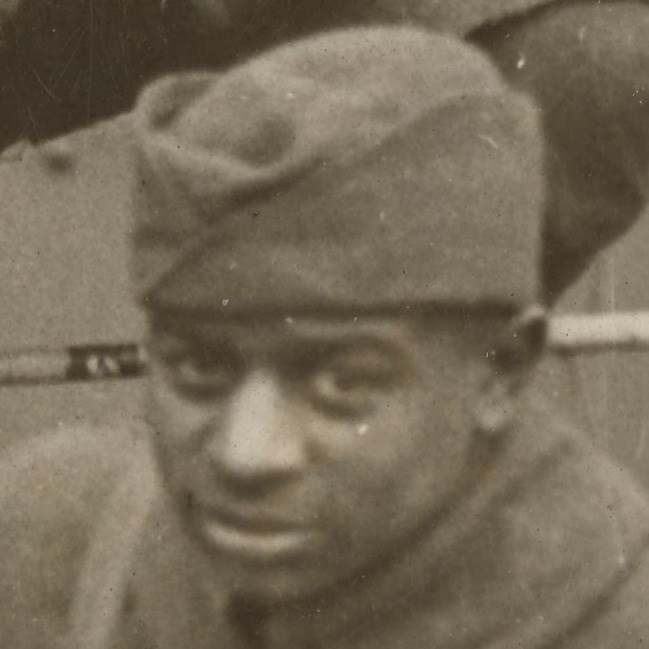
Public Domain
Ralph Ernest Hawkins was born in 1898 in Elizabeth, New Jersey. He enlisted in Company C, 369th Infantry Regiment, in the summer of 1917 at the age of 19. In his two years fighting in World War I, during which he went by the nickname “Kid Hawk,” he received the French Croix de Guerre and the Bronze Star. Hawkins was discharged from the Army on February 24, 1919. He reenlisted in the New York National Guard in April 1919 and October 1922. In the late 1930s and early 1940s, Hawkins worked for the Works Progress Administration. He died on January 8, 1951, in Philadelphia, Pennsylvania. He was buried in Merion Cemetery in Bala Cynwyd, Pennsylvania.
The 369th Infantry Regiment, originally known as the 15th New York, was founded in 1913 in the New York Army National Guard. In line with the military’s racial segregation policies, the unit was all-Black. Once the United States entered World War I, the 15th New York was called into federal service and redesignated the 369th Infantry Regiment. The 369th Infantry was assigned to the 93rd Division, which was one of two divisions comprising African Americans. General John J. Pershing, American Expeditionary Force commander, avoided placing the 369th Infantry or other Black units on the front lines, reflecting the military leadership’s view that African Americans could not be effective combat soldiers. They were deployed in logistics and support roles.
In March 1918, General Pershing assigned the 369th Infantry to the beleaguered French, who needed combat troops and were accustomed to deploying their own Black colonial troops. While the Americans warned the French not to treat the 369th Infantry and other African Americans the same as white troops, the French ignored this advice and welcomed the 369th Infantry into their fighting force. After training the men with French weapons, the French sent the 369th Infantry to the Argonne Forest in the Champagne region.
The transfer to the front lines in the Argonne Forest was the beginning of 191 days straight in the frontline trenches during the Meuse-Argonne Offensive. The Germans fighting against them called the 369th Infantry men Hollenkampfer, German for hellfighter. This is how they received the nickname Harlem Hellfighters. They called themselves Harlem’s Rattlers, after the snake on the Revolutionary War-era Gadsden flag.
In March 1918, General Pershing assigned the 369th Infantry to the beleaguered French, who needed combat troops and were accustomed to deploying their own Black colonial troops. While the Americans warned the French not to treat the 369th Infantry and other African Americans the same as white troops, the French ignored this advice and welcomed the 369th Infantry into their fighting force. After training the men with French weapons, the French sent the 369th Infantry to the Argonne Forest in the Champagne region.
The transfer to the front lines in the Argonne Forest was the beginning of 191 days straight in the frontline trenches during the Meuse-Argonne Offensive. The Germans fighting against them called the 369th Infantry men Hollenkampfer, German for hellfighter. This is how they received the nickname Harlem Hellfighters. They called themselves Harlem’s Rattlers, after the snake on the Revolutionary War-era Gadsden flag.
